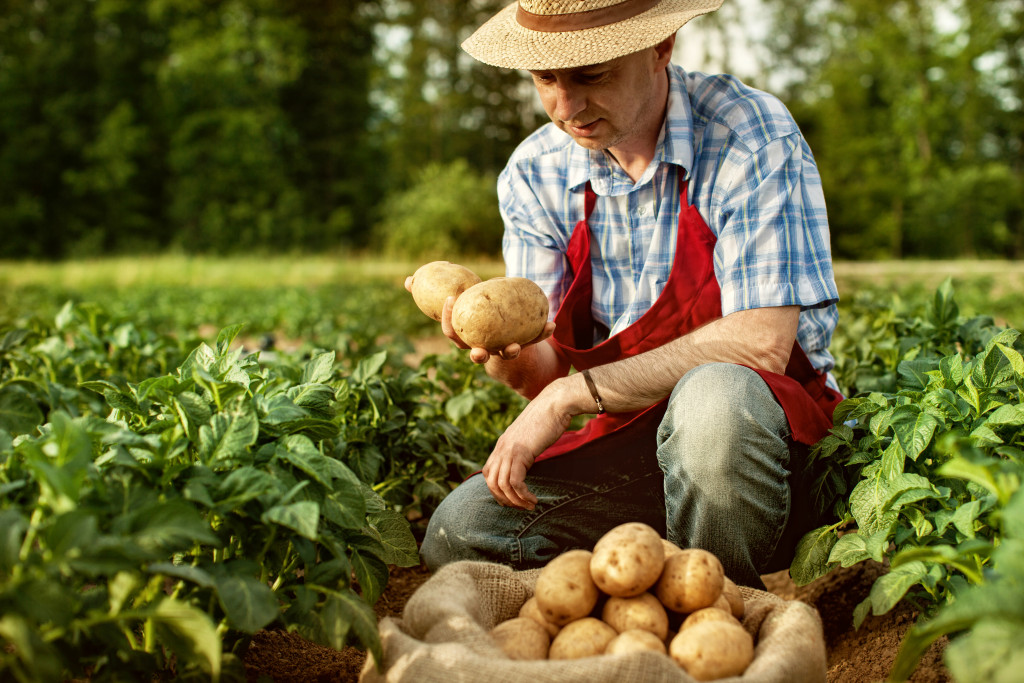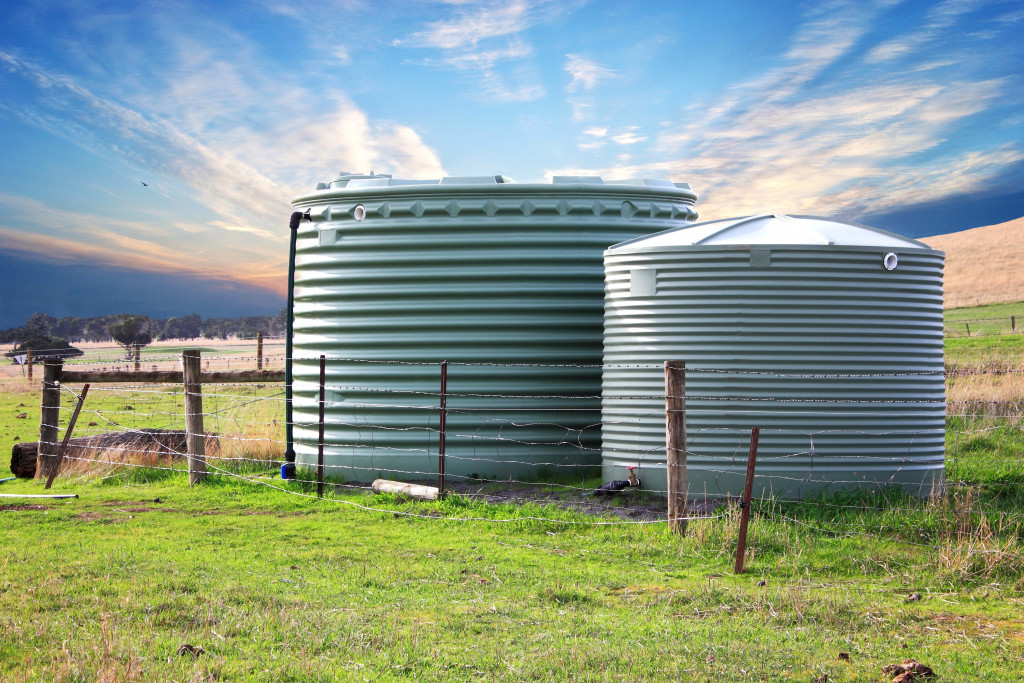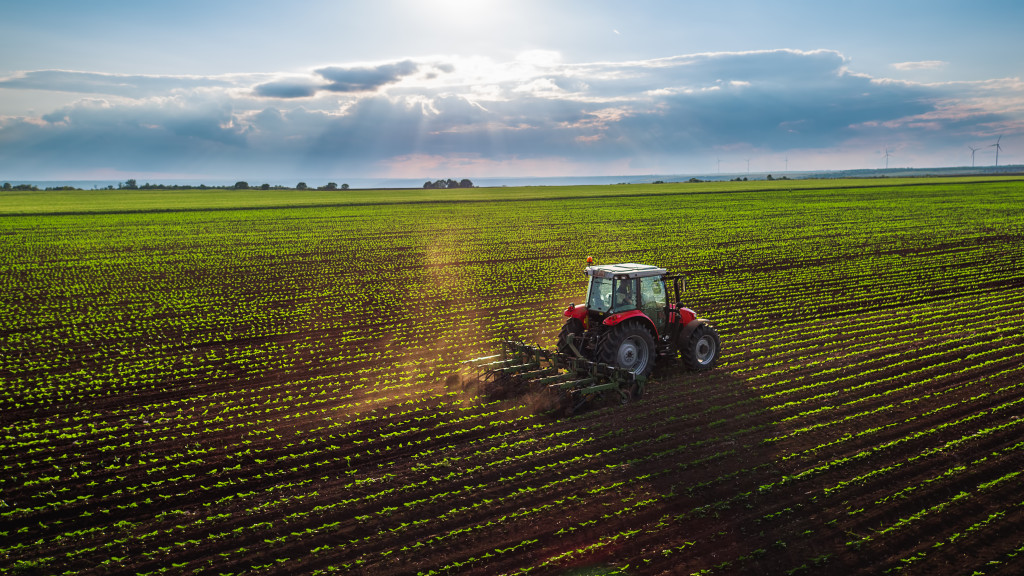
- Use native plants and trees to conserve water.
- Consider rainwater harvesting systems for irrigation purposes.
- Implement irrigation techniques that use less water, such as drip irrigation systems.
- Invest in soil management practices like cover cropping, no-till methods, rotational grazing, and crop rotation.
For farmers, water conservation is an essential part of their daily lives. It’s important to be mindful of the amount of water used to maintain healthy crops and resources. Unfortunately, there are some places where water scarcity is a significant problem.
Here are some practical tips for farmers on conserving water and making the most of the available resources.
Use Native Plants & Trees
One way to conserve water is utilizing native plants and trees as much as possible. Native plants have adapted to local climates and require less water than non-native varieties. This will also help reduce maintenance costs associated with watering and fertilizing non-native plants. So how do you know if the plants and trees you’re considering are native? Here are some considerations:
- Climate: Is the environment similar to your local climate?
- Soil: Does the plant or tree require particular soil or nutrients for growth?
- Insects, birds, and wildlife: What kind of insects, birds, and wildlife does the plant attract?
Rainwater Harvesting

Rainwater harvesting can be an effective way for farmers to collect and store rainwater that can then be used for irrigation purposes. There are a variety of methods that you can use, such as rooftop or surface collection systems or even underground cisterns. Not only does this method save money in the long run, but it also reduces the amount of municipal water usage, which helps conserve resources overall.
When it comes to rainwater harvesting, you’ll need to invest in a few materials and tools, such as gutters, pipes, and storage tanks. It’s also essential to invest in high-quality storage tanks and poly tank bulkhead fittings to ensure the water is stored safely and securely. But remember, the proper fittings and seals are essential in preventing water from leaking out of the tank.
Implement Irrigation Techniques That Use Less Water
Many irrigation techniques use up more water than necessary, so it’s essential that farmers look into ways they can use less water when irrigating their crops. Drip irrigation systems are one example of an efficient way to deliver just enough moisture directly to the roots of plants without wasting any excess water. This system is especially beneficial in arid climates where rainfall may not always be reliable or sufficient to maintain healthy crop growth.
Merchanting cover crops can also help with reducing evaporation from the soil during dry spells, as well as increasing organic matter in the ground which results in better nutrient retention and improved plant health overall. Additionally, using mulch around plants helps prevent the sun from drying out the soil too quickly while also helping retain moisture over time.
Soil Management

Soil management helps improve nutrient retention in the soil, which can help prevent nutrient pollution from entering nearby bodies of water. By increasing the amount of organic matter in soils—such as composted manure or green manures—farmers can increase their soils’ ability to hold onto nutrients like nitrogen and phosphorus, reducing leaching into nearby streams or rivers.
Furthermore, improved soil health increases crop yields by providing plants with more accessible nutrients, reducing the need for artificial fertilizers, which can also pollute groundwater sources if applied without proper care. Farmers use various soil management techniques, such as:
Cover cropping
This is the practice of planting cover crops in between rows or beds of a regular crop. The cover crops will help improve soil health, minimize the need for artificial fertilizers, and reduce runoff and erosive forces from heavy rain events.
No-till practices
No-till farming reduces the amount of tillage (or disturbance) of the soil, which can help maintain more organic matter in the soil, reduce erosion and improve water quality.
Rotational grazing
Rotational grazing is managing livestock on grasslands where animals are moved to different fields or areas to allow the land they previously grazed on time to rest and recover. This method helps maintain soil structure, reduce erosion and improve water infiltration.
Crop rotation
Crop rotation also helps improve soil fertility and reduce water use by providing an opportunity for different plants to “rest” to maintain their nutrient content. Crop rotation can also help reduce the incidence of pests and diseases and minimize pesticide applications.
Conserving water is essential for any farmer looking to maximize their crop yield while minimizing expenses associated with watering their land. By implementing simple practices such as using native plants and trees, rainwater harvesting techniques, and drip irrigation systems, you can greatly reduce your need for additional resources while still maintaining a healthy environment on your farm! With these tips in mind, we hope you have learned some easy ways to start conserving more water today!
